Increasing pressure on interest rates
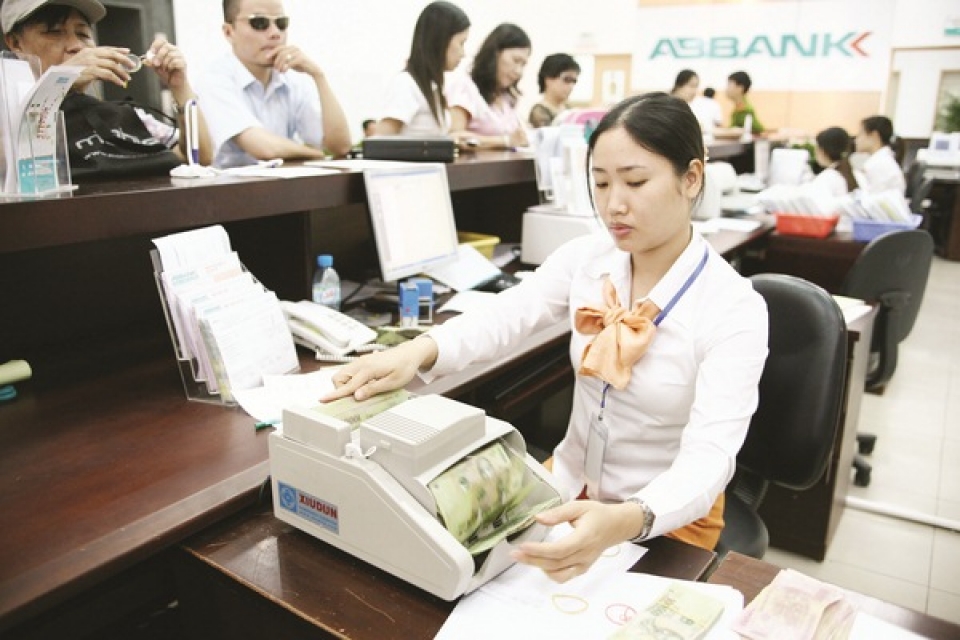 |
| The bank needs to maintain a reasonable interest rate to ensure the holding of VND is more attractive than the holding of USD. |
Pushing up interest rates actively
From the end of July up to now, some commercial banks have adjusted interest rates in the direction of edging up about 0.1 to 1% per year for some terms. The move was explained by the banks to adjust and balance the list of deposits, ensuring compliance with the provisions of Circular 36 and Circular 19 of the State Bank of Vietnam on long-term loans.
Accordingly, from the beginning of 2019, the ratio of short-term loans to medium and long-term loans will decrease from the current 45% to 40%. In addition, some banks also adjusted to raise interest rates to boost capital mobilization, serving high demand for credit at the end of the year. Accordingly, the increase in interest rates is only partial in some banks and do not impact much on interest rates.
Meanwhile, commenting on the operating activities of the State Bank of Vietnam, the analysts of SSI Securities have made positive assessments. Specifically, the State Bank has been careful to stabilize exchange rates and inflation. In the interbank market, the overnight rates were pushed up from 2% to 4% and maintained at this level from mid-August. Meanwhile, the USD interest rates remained stable at around 2%, helping to create the safe difference at 2% level. Thus, the State Bank has actively pushed up interest rates in VND, preventing high USD-VND interest rate difference causing pressure on the exchange rate.
As a result, after a sharp increase in early August, the free exchange rate has cooled down in the second half of August, about 23,480/23,500 dong/USD, up 0.13% compared to the end of July.
SSI's report also shows that the liquidity of the banks are tightening and has been reflected more clearly on the market. The mobilizing rates are increased not only in joint stock commercial banks but also in some state-owned commercial banks. The interest rates are increased for all terms, however, the 12-month term was the strongest one since the banks need to prepare capital for the year-end peak, especially when the ratio of short-term loans to medium and long-term loans will be reduced from 45% to 40% from 2019.
The policy of credit growth is more prudent by issuing Directive 04/CT-NHNN, accordingly, the SBV will not adjust the credit growth target of banks in 2018. This is a measure aimed at stabilizing liquidity, controlling inflation. It is more important to channel credit flows to effective targets. The data from the General Statistics Office estimated that the credit growth of the whole sector in the first eight months was 8.18%, the lowest level in the last four years. It is likely that the actual credit growth in 2018 will be about 17% lower than the target.
The interest rates will increase from 2019
In the macro report released by Viet Dragon Securities, Bernard Lapointe, analysis director of VDSC, forecasts that domestic interest rates will start to rise from 2019 due to both internal and external risks of the economy. Regarding to external risks, the tightening monetary policy is directly increasing the cost of borrowing on a global scale after a decade of loosening. Most of the comments show that the Fed will continue to raise interest rates twice more in 2018 as inflation is approaching the target. EU cut asset purchases from 30 billion euros to 15 billion euros a month in September and is expected to end by the end of this year. The Bank of England raised interest rates from 0.5% to 0.75% in August, Canada raised interest rates twice this year. The emerging economies such as India, Indonesia, Malaysia, the Philippines, Argentina ... also continuously raise interest rates to curb inflation and protect their domestic currency. The currencies of most of these countries have devalued significantly in 2018.
According to the analysts of SSI Securities, the changing interest rate environment will have an impact on the move of global capital inflows and be widespread. The developed economies need to move to a tightening policy because of facing the risk of hot growth and high inflation after a long period of loosening monetary policy. The developing markets are also facing the risk of rapid inflation and devaluation of their domestic currencies. These markets may face significant risk when the capital flows are withdrawn for safe assets once the market fluctuates.
Relating to internal risks, according to the VDSC, the rising inflation is directly weighing on interest rates. Since reaching the bottom in 2015, inflation has begun to recover and is continuing to increase in later years. The high increase of prices of crude oil and food are playing the role of controlling inflation. The trade tensions causing the countries setting up tariff barriers are pushing inflation higher. In 2018, inflation is forecasted at 4%, the highest level since 2014. At present, the discount rate is only 4.25% per year, down from 4.5% per year in July/2017 while the 6-12 month deposit rates on the market fluctuated around 6.5% per year.
Besides pressure from inflation, devaluation of the VND also threatens Vietnam's low interest rate policy. By mid-August, 2018 the bank's exchange rate was up 2.7% from the beginning of the year while the central rate rose 1.2%. Notably, the exchange rate on the free market has increased by nearly 4%. While short-term US dollar lending rates fluctuate around 2.8-4.7% per annum, interest rates in USD deposits are kept at 0%. Raising the attractiveness of dong holdings and reducing dollarization in the economy, VND deposit rates are usually higher than the USD deposit rates and depreciation of VND. That clearly shows the pressure on VND lending rates.
Related News

Credit continues to increase at the end of the year, room is loosened to avoid "surplus in some places - shortage in others"
10:23 | 13/12/2024 Finance

Ho Chi Minh City achieves record state revenue of over VND500 trillion in 2024
10:33 | 10/12/2024 Finance
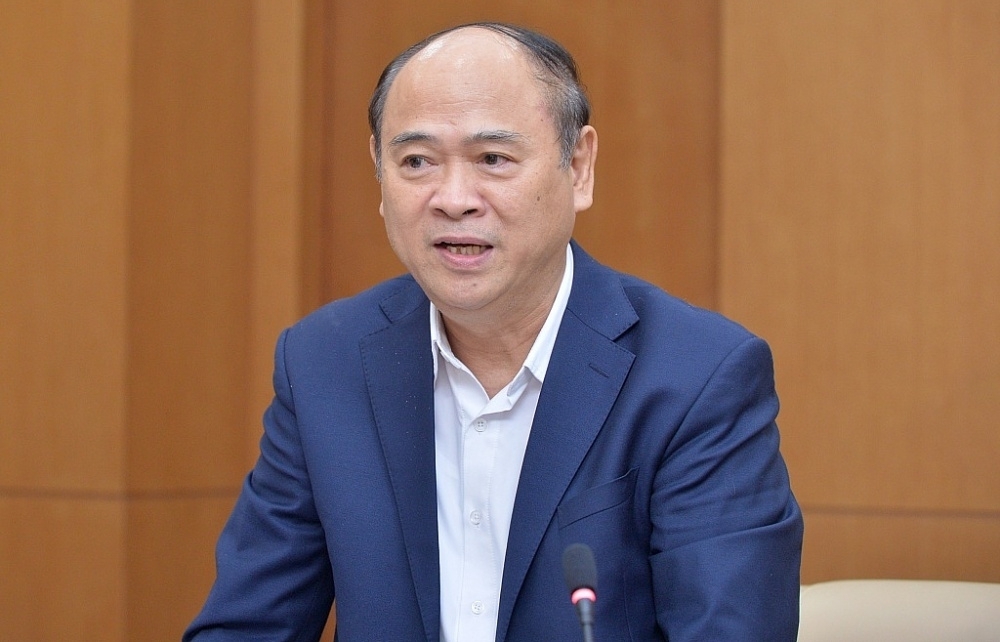
Multiple drivers propel positive growth in budget revenue
10:33 | 05/12/2024 Finance

Fiscal policy needs to return to normal state in new period
09:54 | 04/11/2024 Finance
Latest News
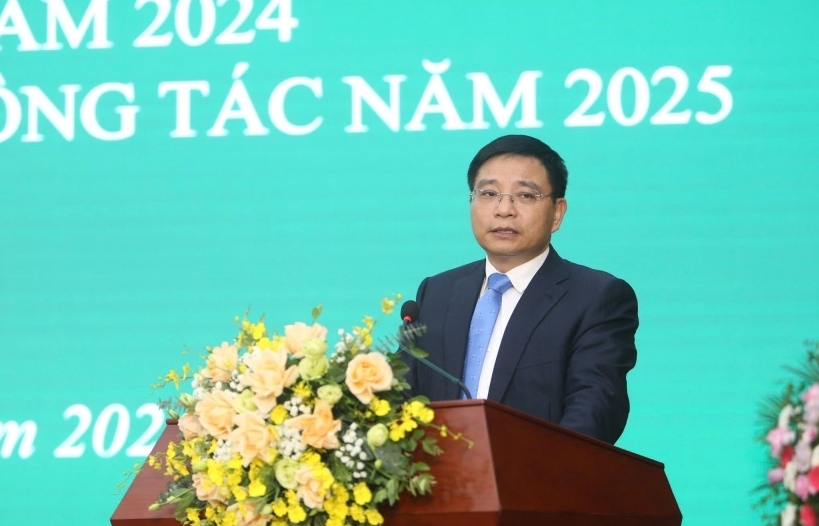
Vietnam's stock market to develop strongly and sustainably
19:08 | 21/12/2024 Finance

Tax sector achieves revenue target of about VND1.7 million billion
18:32 | 21/12/2024 Finance

General inventory of public assets raises efficiency of use and management of country's resources
09:29 | 20/12/2024 Finance
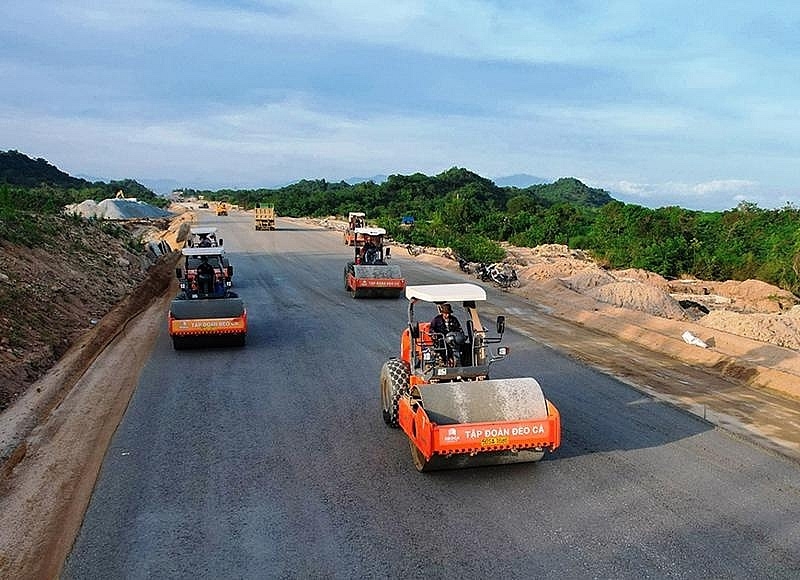
Publicizes progress of public investment disbursement for important national projects
15:21 | 19/12/2024 Finance
More News

Six SOEs to be transferred back to industry ministry
15:38 | 18/12/2024 Finance

PM urges stronger measures to manage interest rates
16:53 | 17/12/2024 Finance

Six SOEs to be transferred back to industry ministry
16:48 | 17/12/2024 Finance

Vietnamese products: Conquering foreign customers in supermarket systems
16:45 | 17/12/2024 Finance
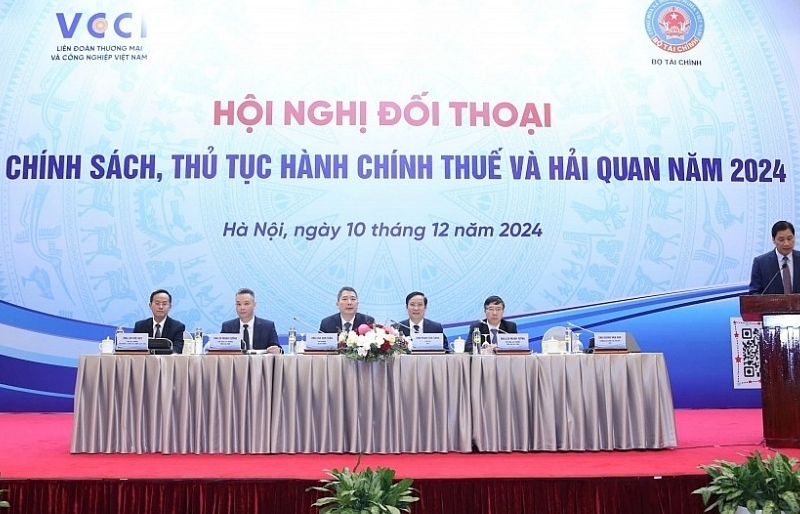
Answering many questions from businesses at dialogue conference on tax and customs policies
10:01 | 17/12/2024 Finance

Enterprises face difficulties in tax refunds due to partners closing
10:01 | 17/12/2024 Finance

Strengthen the management and use of electronic invoices for e-commerce
11:24 | 16/12/2024 Finance

Ministry of Finance proposes comprehensive amendments to the Personal Income Tax Law
11:23 | 16/12/2024 Finance

Expansionary fiscal policy halts decline, boosts aggregate demand
19:27 | 14/12/2024 Finance
Your care

Vietnam's stock market to develop strongly and sustainably
19:08 | 21/12/2024 Finance

Tax sector achieves revenue target of about VND1.7 million billion
18:32 | 21/12/2024 Finance

General inventory of public assets raises efficiency of use and management of country's resources
09:29 | 20/12/2024 Finance

Publicizes progress of public investment disbursement for important national projects
15:21 | 19/12/2024 Finance

Six SOEs to be transferred back to industry ministry
15:38 | 18/12/2024 Finance





